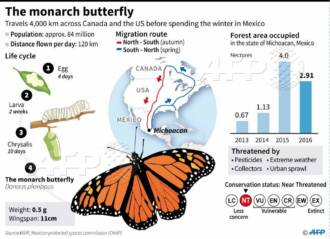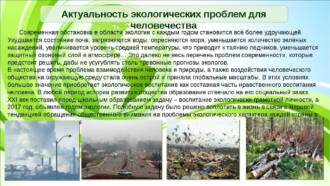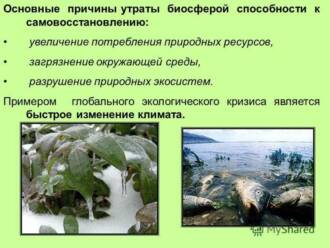
Butterflies are one of the most beautiful creatures of nature. Their varied colors and graceful flights attract the attention of people in all corners of the world. However, climate change is becoming a serious threat to this amazing diversity of living beings.
Butterflies are facing serious challenges due to global warming and changing weather patterns. Changes in temperature and precipitation can alter vegetation and breeding cycles, which directly impacts butterfly populations. In some regions, for example, there has already been a decline in the number of some butterfly species, while in others, new species have appeared that were not previously found in the area.
One way to protect the future of butterfly populations is to preserve and restore their natural habitat. Organizations and states should focus their efforts on the conservation of forests, fields and other places where butterflies can breed and find food. It is also important to prevent the use of pesticides and other chemicals that can harm butterflies and other insects.
However, solving the problem of climate change requires not only measures to preserve the habitat of butterflies, but also global efforts to reduce greenhouse gas emissions and combat global warming. Only with the joint actions of the entire world community can we ensure the future of the butterfly population and preserve their beauty and splendor for future generations.
Thus, the conservation of the butterfly population is an important task that requires urgent action. It is necessary to take measures to preserve and restore their habitat, as well as to combat climate change at the global level. Only with the joint efforts of peoples, organizations and states can we guarantee the future for these amazing creatures and preserve their important role in the ecosystem of our planet.
Impact of climate change on butterfly populations
Climate change has a significant impact on butterfly populations. Changes in temperature, rainfall and seasonal fluctuations cause habitat boundaries to shift and ecosystem conditions to change, with direct consequences for butterflies.
One of the main consequences of climate change is the change in phenology, i.e. the seasonal cycles of butterflies. Changes in temperature can lead to a shift in the time of emergence from summer lethargy and the start of reproduction, which may synchronize or, conversely, diverge from the flowering period of plants on which butterflies depend for food and reproduction.
Climate change can also affect food availability for butterflies. Changes in rainfall can lead to poor growth conditions for plants that serve as a food source for caterpillars. This can lead to a decrease in the butterfly population due to lack of food.
In addition, climate change may lead to more frequent and severe weather events such as droughts, fires and floods. These events can destroy the natural habitats of butterflies and lead to a decline in their numbers.
All these factors together have a serious impact on the population of butterflies and can lead to a reduction in their number and diversity of species. To protect the future of butterflies, measures must be taken to reduce the impact of climate change, preserve and restore their habitats, and control the use of pesticides, which also have a harmful effect on the butterfly population.
Threats faced by butterflies due to climate change
Climate change is having a major impact on butterfly populations. One of the main threats is the change in temperature regimes. Butterflies are cold-blooded creatures and climate change could disrupt their metabolism. An increase in temperature can lead to the depletion of the energy resources of butterflies, which reduces their survival and reproductive success.
In addition, climate change affects the availability of food for butterflies. Many butterfly species depend on a particular plant as a food source for their larvae. Climate change may lead to a shift in the range of plants and a decrease in the availability of food for butterflies. This can lead to their starvation and population decline.
Another threat to butterflies is changing seasonality. Climate change can cause the seasons to shift, such as early spring. This can disrupt the synchronization between the butterflies and their food plants, leading to reduced larval survival and population decline.
In general, climate change poses a serious threat to butterfly populations. To protect their future, measures must be taken to reduce greenhouse gas emissions and adapt butterflies to new conditions. This may include establishing and maintaining their habitats, protecting forage plants and limiting the use of pesticides.
The value of butterflies in the ecosystem and the importance of their conservation
Butterflies are one of the most beautiful and amazing creatures of nature. They not only delight us with their delicate beauty, but also play an important role in the ecosystem. Butterflies are pollinators of many plants, which makes them an integral part of the process of flowering and reproduction of plant species.
The role of butterflies in plant pollination is especially important for the conservation of biological diversity. Butterflies carry pollen from one flower to another, contributing to the fertilization of plants and the formation of new fruits and seeds. Without the participation of butterflies, many plant species would not be able to reproduce and survive.
In addition, butterflies are an important link in the food chain. They serve as a food source for many animals, including birds, frogs, and insectivores. The loss of butterflies from an ecosystem can lead to a decrease in the number of these species and an imbalance in the food chain.
However, butterflies currently face a number of threats, including climate change, destruction and alteration of their natural habitats, pesticide use and environmental pollution. Therefore, the conservation of butterflies and their habitats is an important task for the conservation of biodiversity and maintaining ecosystem sustainability.
To protect butterflies in their habitats, a number of measures must be taken. It is important to conserve and restore the natural habitats of butterflies, such as meadows, fields, forests and gardens. It is also necessary to reduce the use of pesticides and create special protected areas for butterflies.
The development of ecotourism and the popularization of butterflies can also contribute to their conservation. Visiting butterfly gardens and research and education centers allows people to learn more about butterflies, their role in the ecosystem and the importance of their conservation. You can also support local butterfly breeding and restoration programs.
Thus, butterflies play an important role in the ecosystem and their conservation is of great importance for maintaining the biological diversity and sustainability of natural ecosystems. It is necessary to take measures to preserve and restore the population of butterflies, as well as to popularize their importance among society.
What measures can be taken to protect the butterfly population
Butterfly population protection is an important task, as they play an important role in the ecosystem and are pollinators of many plants. To prevent the threat and preserve biodiversity, the following measures can be taken:
1. Creation and protection of natural reserves and national parks
One way to protect the butterfly population is to create and protect nature reserves and national parks. These areas provide butterflies with a natural habitat and protect them from the destructive impacts of humans.
2. Conservation and restoration of natural habitats
To protect the butterfly population, it is necessary to preserve and restore their natural habitats. This may include restoring meadows, fields, and forests where butterflies can find food and breeding sites.
3. Prohibition of the use of pesticides and herbicides
The use of pesticides and herbicides can negatively impact butterfly populations by destroying their natural food sources and habitats. To protect butterflies, the use of these substances must be banned or reduced.
4. Creation of special gardens for butterflies
To attract butterflies and save their population, you can create special gardens containing plants that attract butterflies. This may be a garden with many flowers and nectar plants on which butterflies can feed and breed.
5. Educational programs and public awareness
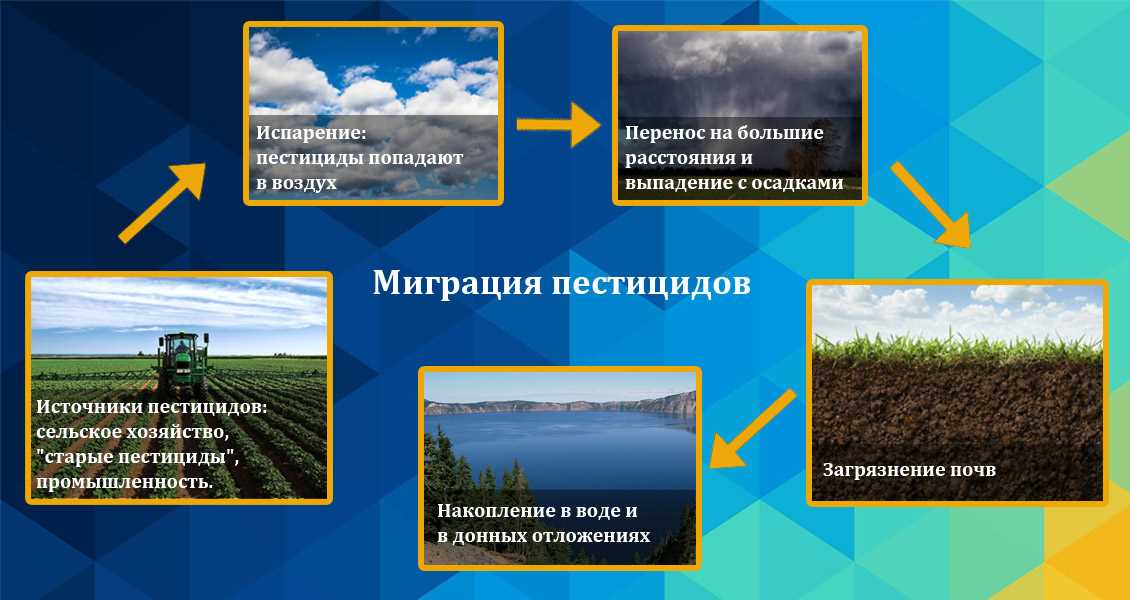
Educational programs and raising public awareness of the importance of butterflies and the threats they face can help protect the butterfly population. The more people know about the importance and role of butterflies in an ecosystem, the more likely they are to be conserved and protected.
Development of a program for monitoring and protecting butterflies
To effectively protect the future of the butterfly population, it is necessary to develop a comprehensive program for their monitoring and protection. The main objectives of this program are to collect data on butterflies and their habitats, analyze the information received and develop measures to conserve and improve their habitats.
As part of the program, it is necessary to conduct regular monitoring studies, including observations of the abundance and diversity of butterfly species, as well as the study of their migration routes and behavioral patterns. To do this, you can organize special expeditions, during which data will be collected on the distribution of butterflies in different regions and changes in their numbers over time.
To effectively protect butterflies, it is also necessary to conduct research and assess the state of their habitat. To do this, geographic information system (GIS) methods can be used, which allow the analysis of data on landscapes, climatic conditions and land use. This approach will help to identify the factors that have the greatest impact on the butterfly population and develop measures to improve them.
One of the important tasks of the butterfly monitoring and protection program is public information education. Educational activities such as lectures, workshops and exhibitions should be held to raise people's awareness of the importance of butterflies to the ecosystem and the need to protect them. It is also important to promote butterfly research and monitoring methods in order to encourage more people to participate in the program and collect data.
All in all, developing a program to monitor and protect butterflies is an important step in preserving their future. Only through the systematic study and protection of butterfly populations, we will be able to take the necessary measures to preserve their species diversity and biological value.
Engaging the public in protecting butterflies and their habitats
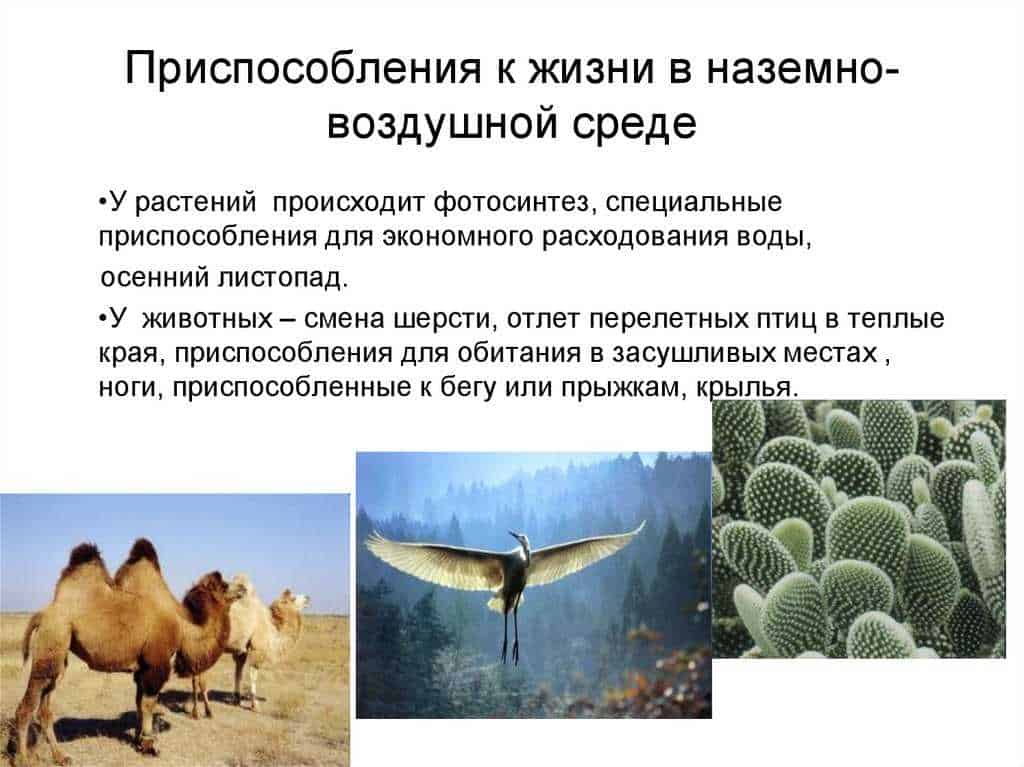
The protection of butterflies and their habitats requires the joint efforts of not only scientific and environmental organizations, but also the public at large. Engaging the public in protecting butterflies is an important step to preserve their diversity and biological integrity.
Education and information
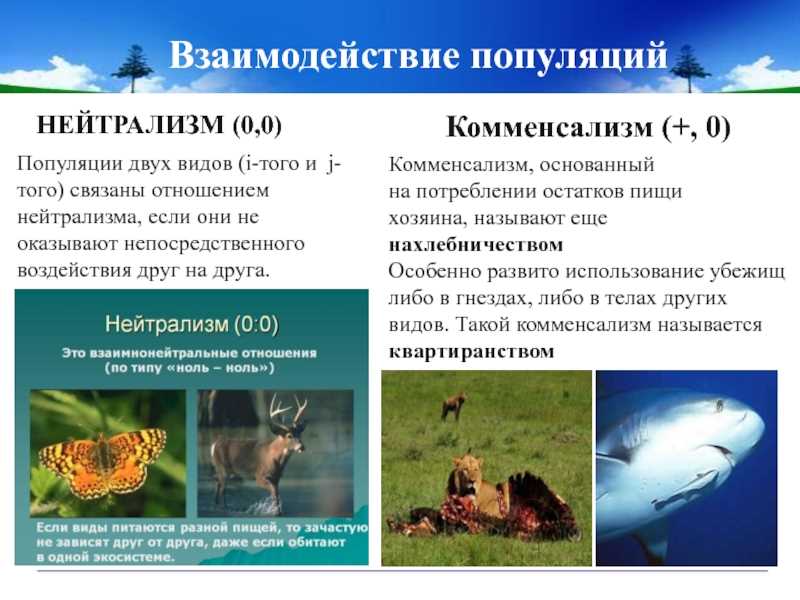
One way to involve the public is through education and information. Various activities such as lectures, workshops and excursions should be held to spread knowledge about butterflies and their role in the ecosystem. It is also important to educate the public about the threats that butterflies face, such as habitat loss and pesticide use.
Creation and protection of butterfly gardens

Butterfly gardens are another way to get the public involved in protecting butterflies. People can create their own gardens in which they grow plants that attract butterflies. Such gardens can serve not only as a source of food for butterflies, but also as a place for reproduction and recreation. It is also important to carry out work to protect butterfly gardens from pollution and pests.
Participation in population monitoring
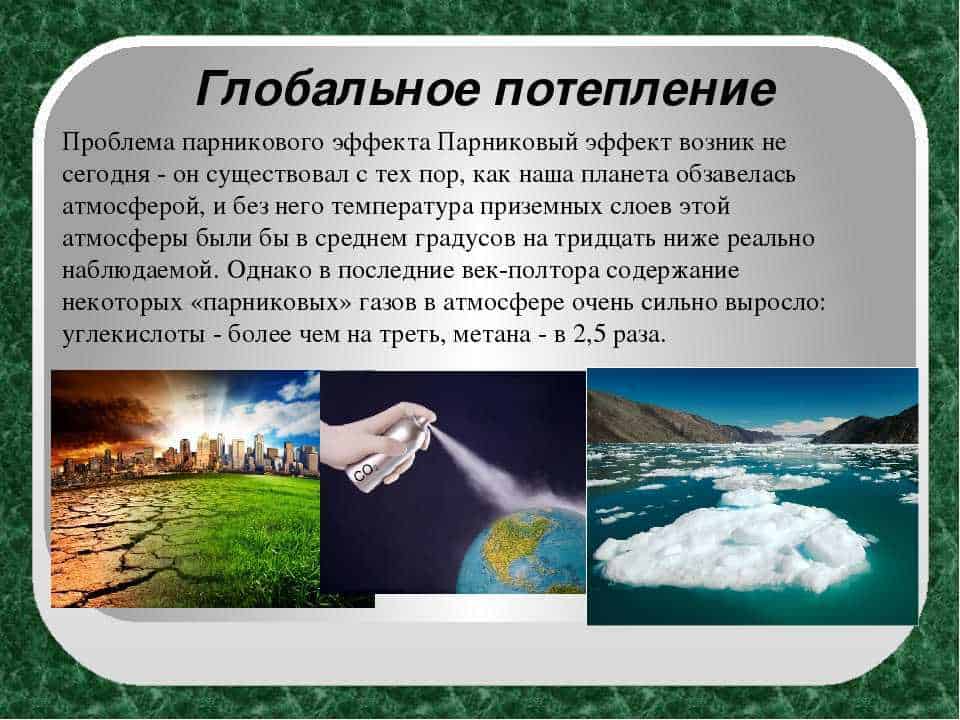
Public participation in monitoring butterfly populations is an important factor in their protection. People can participate in a program to collect data on the presence and number of butterflies in certain areas. This information will help scientists and organizations develop effective strategies to conserve butterfly populations and their habitats.
Engaging the public in protecting butterflies and their habitat is integral to preserving their future. Only by working together can we prevent the threats that butterflies face and ensure their survival on our planet.
The role of education and science in the conservation of the butterfly population

Education and science play an important role in the conservation of the butterfly population, especially in the context of climate change and the threat it poses to these beautiful insects.
Education
Education is a key factor in understanding the need to conserve the butterfly population and taking appropriate action. The wide dissemination of information about the importance of butterflies in the ecosystem and their vulnerability to climate change helps to raise public awareness and stimulates changes in daily life aimed at preserving nature and biodiversity. Educational programs in schools and universities help children and young people understand the importance of butterflies and their role in the ecosystem, as well as how to research and protect these insects.
The science
Scientific research plays an important role in understanding climate change and its impact on butterfly populations. Scientists are studying the relationship between climate change, biological factors and different butterfly populations. Their research helps determine which species of butterflies are most vulnerable to climate change and what measures need to be taken to protect them. In addition, scientific research helps to develop effective strategies for the conservation of the butterfly population, including the creation of protected areas, restoration of their habitats and pest control.
Thus, education and science play an important role in the conservation of the butterfly population. Public awareness and scientific research are helping to develop and implement effective strategies to protect these beautiful insects from climate change threats.
Read more:
